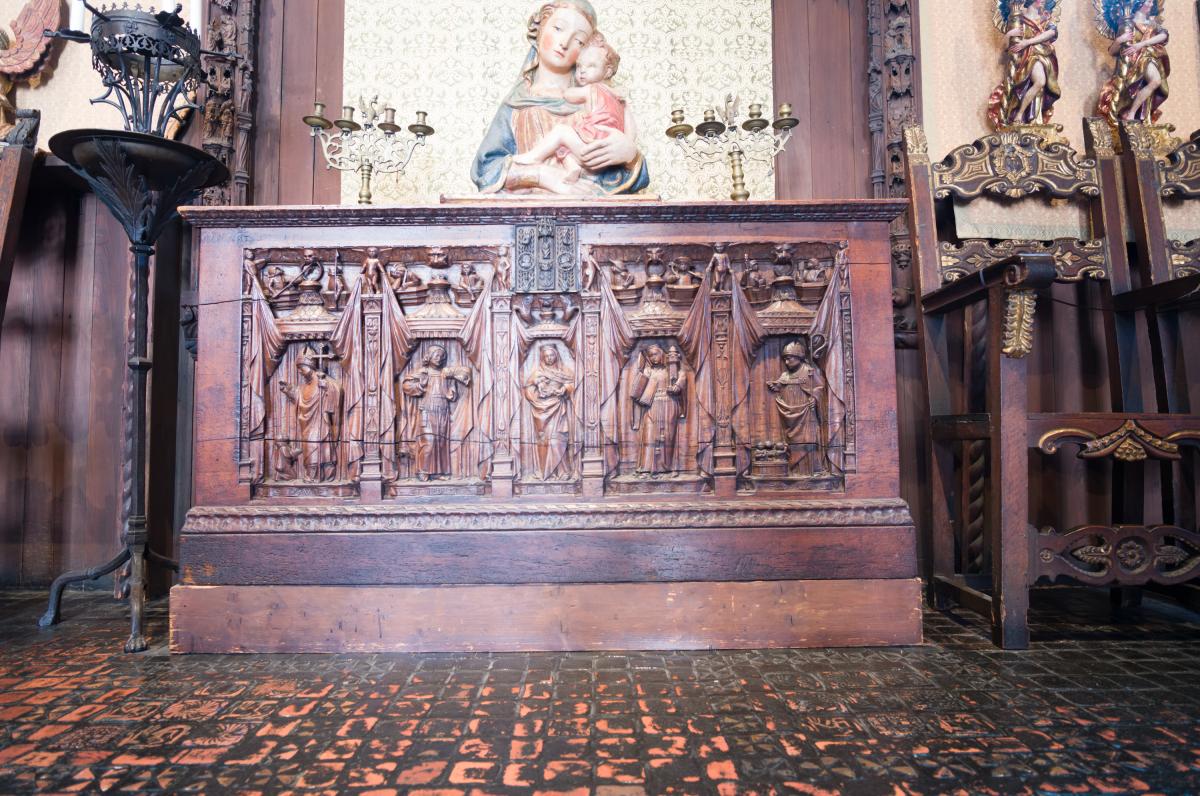
My visit in July to Boston started off with a much anticipated trip to the Isabella Stewart Gardner Museum. The museum was founded in 1903 by (you guessed it) Isabella Stewart Gardner. Although the museum has short term and contemporary art exhibits, it’s chiefly known for a superb and largely static collection of mostly old Masters and items of similar vintage displayed in a custom made building modeled after a Venetian palazzo. The works are displayed exactly in the way Ms. Gardner laid them out and provisions of her will prevent any changes, additions, or subtractions.
We purchased tickets for the first reserved slots of the day, 10 AM. We left an hour and a half later. I was underwhelmed. Really underwhelmed – and more than a little frustrated. Not because of the collection, but because of the way it was displayed. Museums - pretty much all of them - were built because very rich people like to show off their wealth and appear culturally sophisticated and civic minded. The founding of the Metropolitain Museum of Art in New York in 1870 was designed to showcase that New York was every bit as sophisticated and educated as old world cities like London and Paris were. Museums were also a good way for rich people to show that they were more than just robber barons. Some of these donors understood that owning objects of cultural importance brought on the responsibility of concerning the objects. Educating people about the objects made museums important to the cultural life of everyone in a city, not just the rich, and people could be drawn in and become interested in art and objects. Museums like the Gardner are filled with interesting objects that fascinated some rich person who wanted some institution to care for their stuff, keep the collection together, and fascinate other people. Museums therefore didn't become just warehouses of expensive stuff, they are also centers of learning, research, conservation, and culture. (I am going to put aside for the moment a discussion of how some of the items museums collected were acquired inappropriately or illegally, contrary to the saviors-of-culture narrative.) At the Peabody Museum of Archaeology and Ethnology, also in Boston, the spectacular exhibits of Native American canoes are accompanied by captions and other information that give a viewer a real sense about how sophisticated Native American workmanship was. The museum is continually researching and adding to our understanding of the objects and their epochs. The examinations truly deepen our understanding of our past, courtesy of rich patrons and their ambiguous agendas.
Which brings us back to the Gardner museum. Apparently Isabella Stewart Gardner thought captions and explanations were unnecessary or detracted from the overall vibe of the experience.. I don't know why she thought that a random visitor (me) should know enough to be able to walk around the museum and be able to put the works in context or even retain details without even basic knowledge of what the items are. Instead of an interesting cultural experience, I received a self-indulgent tour of a rich person's possessions. “Gee, look what I have!" If you Google the museum, other than the top link to their website, all the next links are about the theft of 13 works of art in 1990, including pieces by Rembrandt, Vermeer, Degas, Manet and others - to be fair, the single largest heist ever. (Hey, if you know anything about it, I think the $10 million reward is still active.) I could understand how the heist overshadows the art, but there is much less about the collection, how the art fits within the context of culture in history. Or even specific items of art. It's about possession.
The art is of very high quality, but I could not enjoy myself. When I see something I like, I naturally become curious about it: who made it, when, what tradition inspires it, and so forth. And because I go to museums a lot, I want to understand how this bit of furniture or that bit of art fits in with other items in the collection and with things I already know.
Why are captions, routine and standard in almost every museum, not to be found at the Gardner? The reason is that Gardner's will forbade it. Apparently there was once a "blue book" that you could buy that had captions and context, but it is out of print. Many of the docents had tattered copies that they referred to. The museum did deign to place QR codes in most rooms: when you scan the code, it takes you to a page with a map of the room with numbers on the pictures. You can then use the numbers to refer to captions further down in the page. Aside from the awkwardness of the software, and the electronic intrusion of scanning and clicking on a phone, if your phone has a problem with the camera, as I happened to have, the QR code might not work. (The pictures I have included here were taken with a camera, not my phone.)
There were a lot of pieces I saw that I liked, but I felt thwarted the whole time I was there. Understanding the stories and ideas behind the artwork is important in the way I learn and the way I am entertained. So I was very discombobulated and rapidly lost interest in the collection. The museum was crowded but not excessively so. I did walk all the halls and rooms, and I enjoyed the spectacular flowering garden courtyard, but my interest was shallow. I agree that the loss is mine, but I don't think Ms. Gardner would care. She wants people to enjoy the museum but only on her terms. So we left and went to the Boston Museum of Fine Arts which does things right, has great collections, and surprisingly pretty darn good food. (More on that visit next week).
N.B. I haven't bothered to put captions on anything because aside from the obvious (furniture, art, garden) I really have no idea what's what. Unfortunately this results in a kind of jumbled look at the museum, but in a way this accurately reflects my impression of it. I think the gift shop has an expensive coffee table book on the furniture, but I didn’t consider purchasing it. The bookrest is cool but I have no idea about anything about it and there was no QR code or docents nearby to ask.
I actually wonder why the museum doesn't have handouts or a bunch of laminated printouts of the room, as I recall was the case in the old Barnes Foundation when it was in Merion, PA - another museum whose educational mission was at odds with the vanities of its founder, though the Barnes elected to move to Philadelphia and undertake several measures to make its collection more accessible. Upon my return, I discovered that the Gardner's website has a helpful search engine that enables you to download information by artist or specific room. (Choose "Explore the Collection.") Had I known (or had the museum in any way advertised this, either before the visit or in response to my discussions with several docents), I would have printed out the pages and brought them with me. Oh well. I recommend this if you don't want to squint at your phone or don't have a way of scanning the room codes.
Over the weekend I checked out an excellent show at the Poster House Museum in New York, “The Utopian Avant-Garde: Soviet Film Posters of the 1920s.” This show, which closes on August 21st (so see it soon if you can), not only gives context for all the works, the credit wall not only thanks the various scholars who contributed to the knowledge informing the exhibit, it also lists the exhibition designer and the producers/installers along with the curator. Invisible no more!
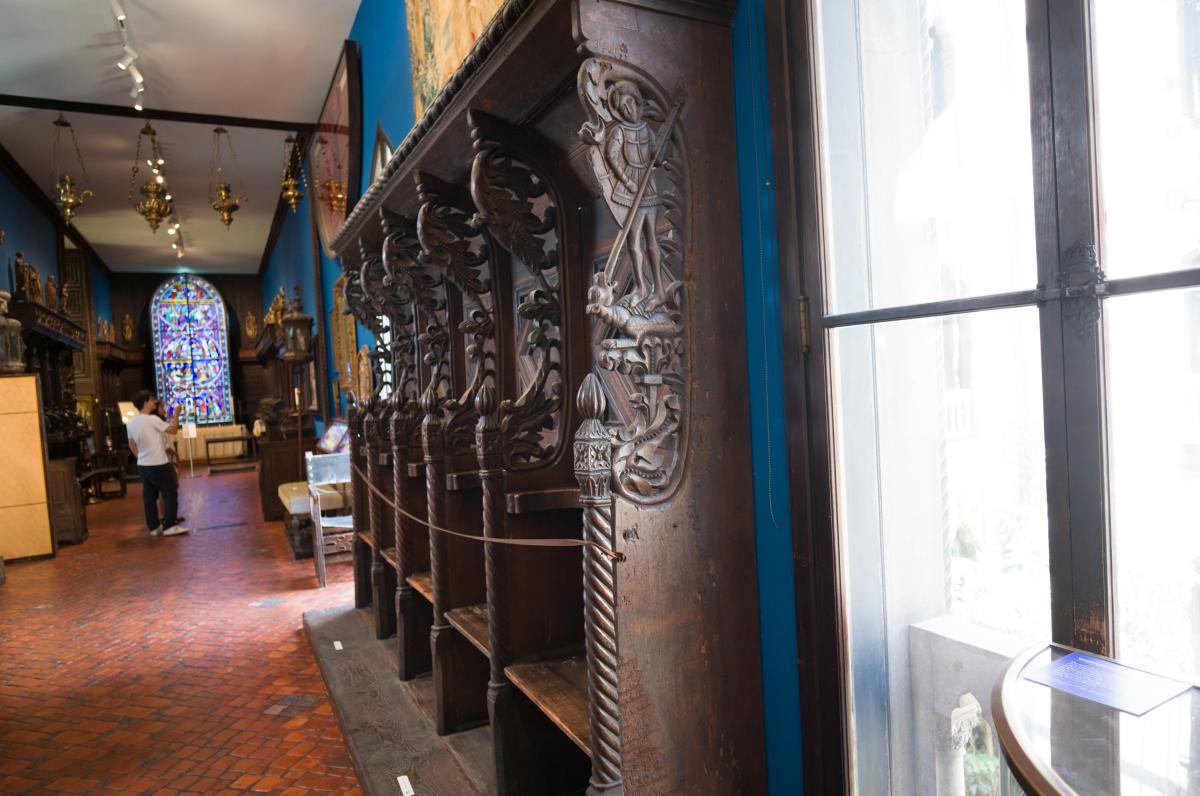
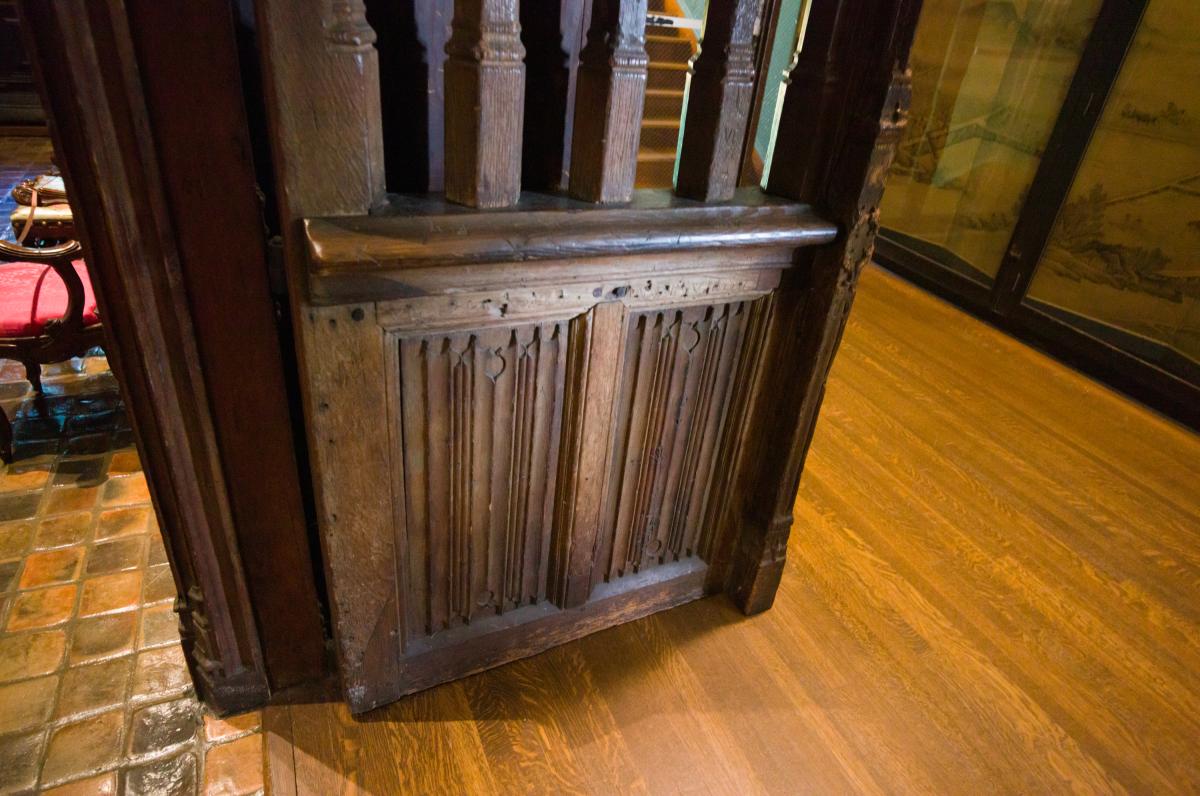
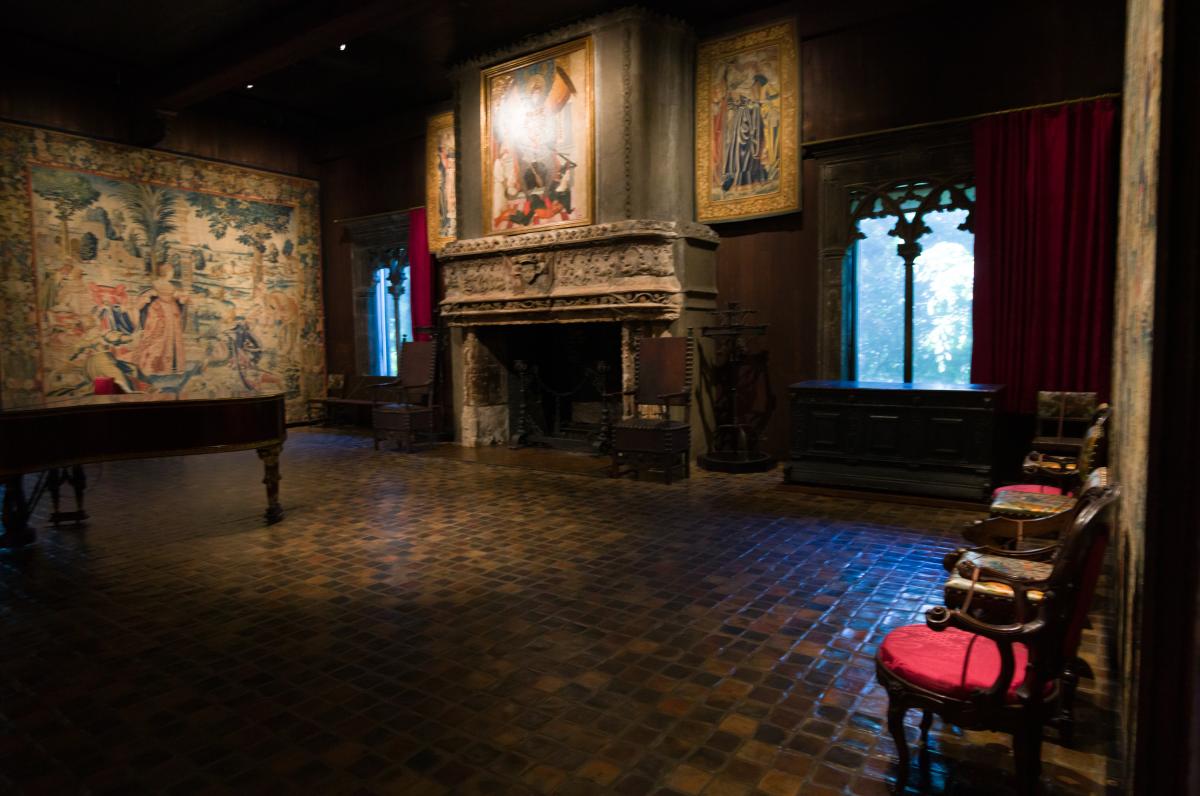
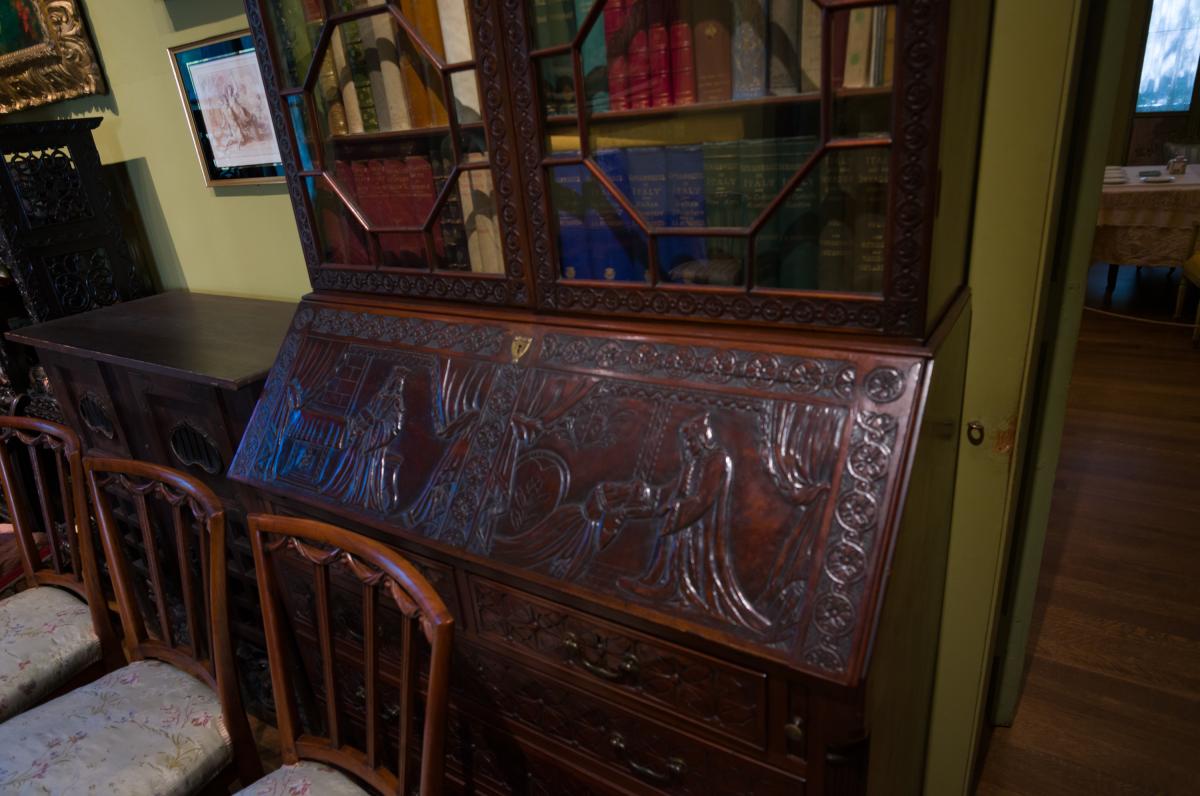
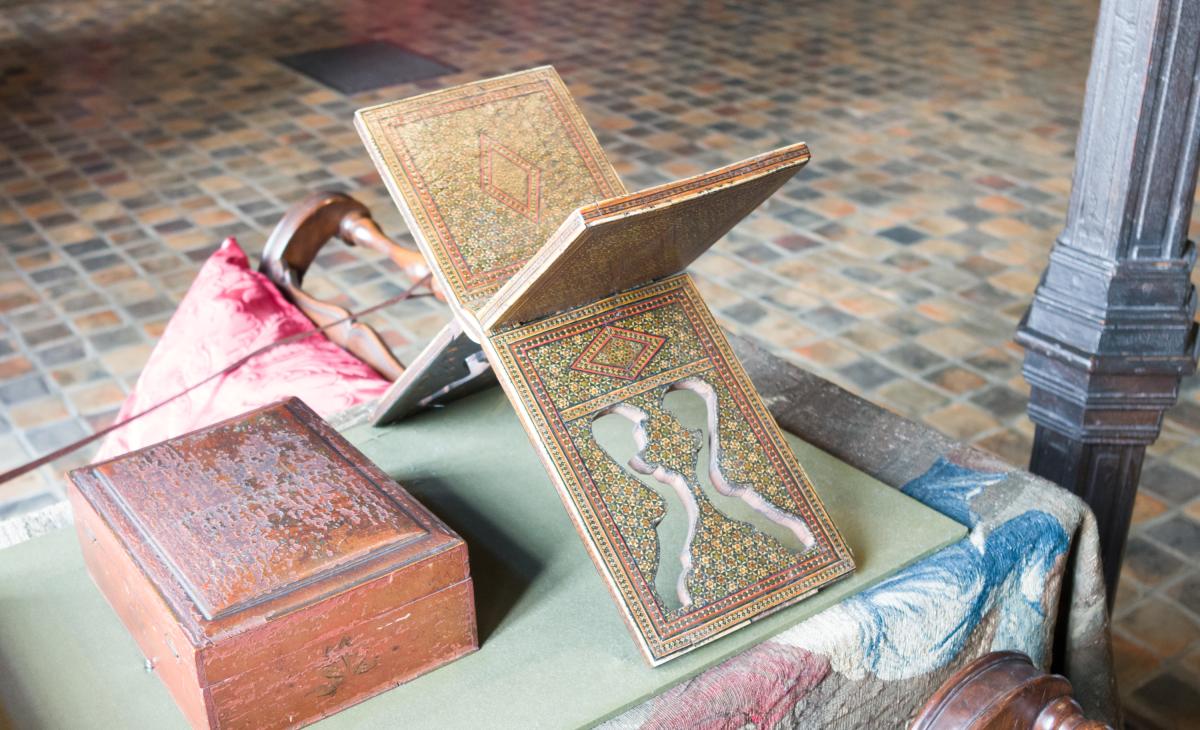
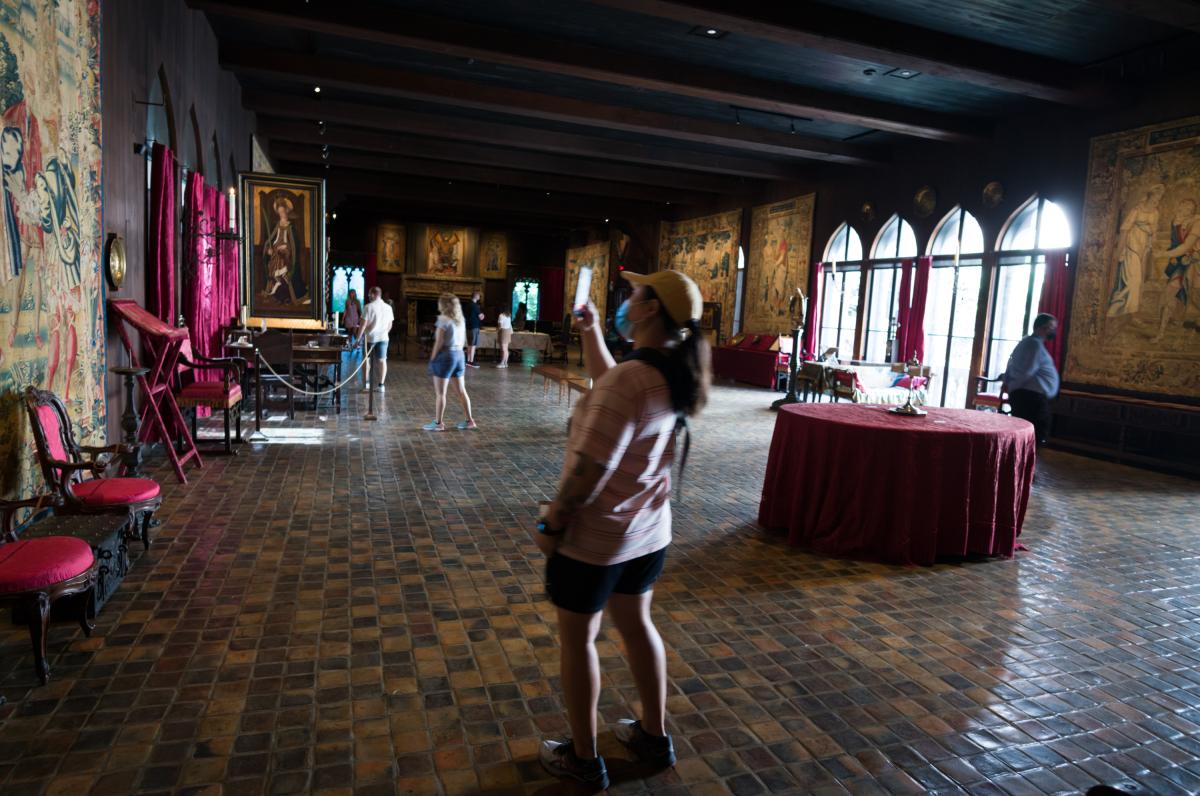
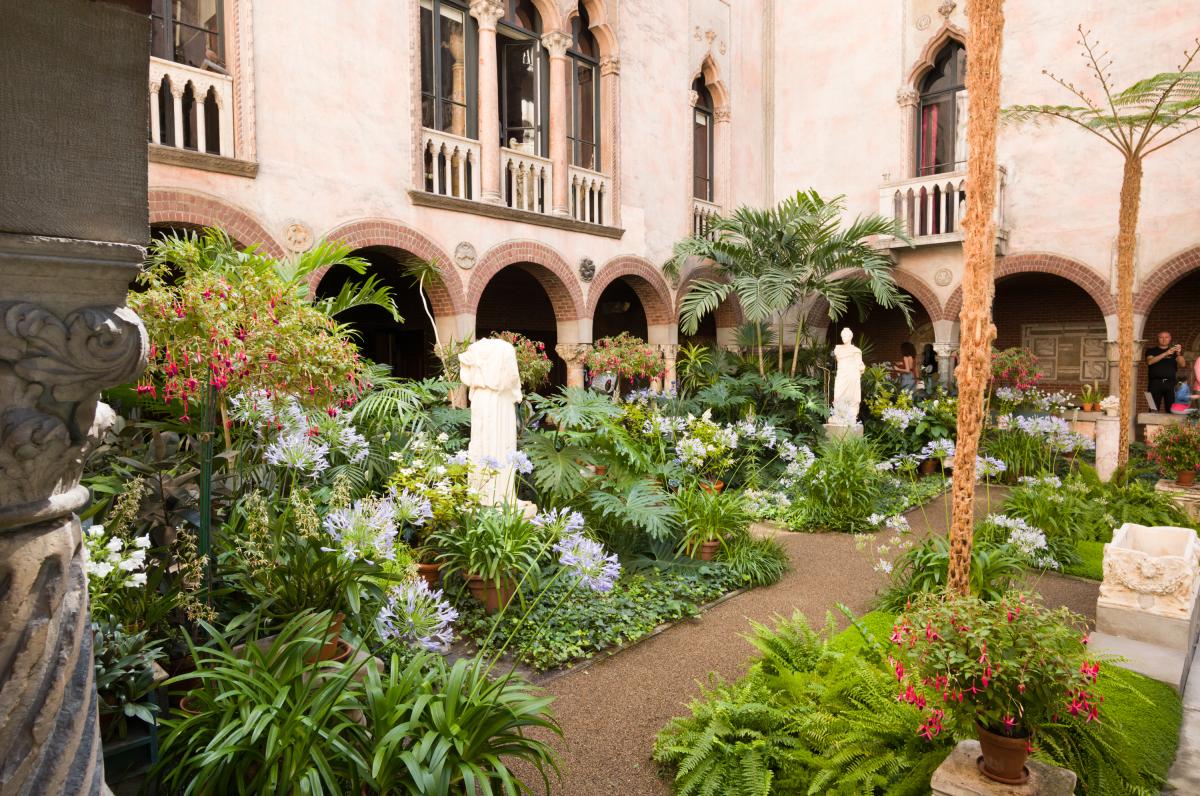
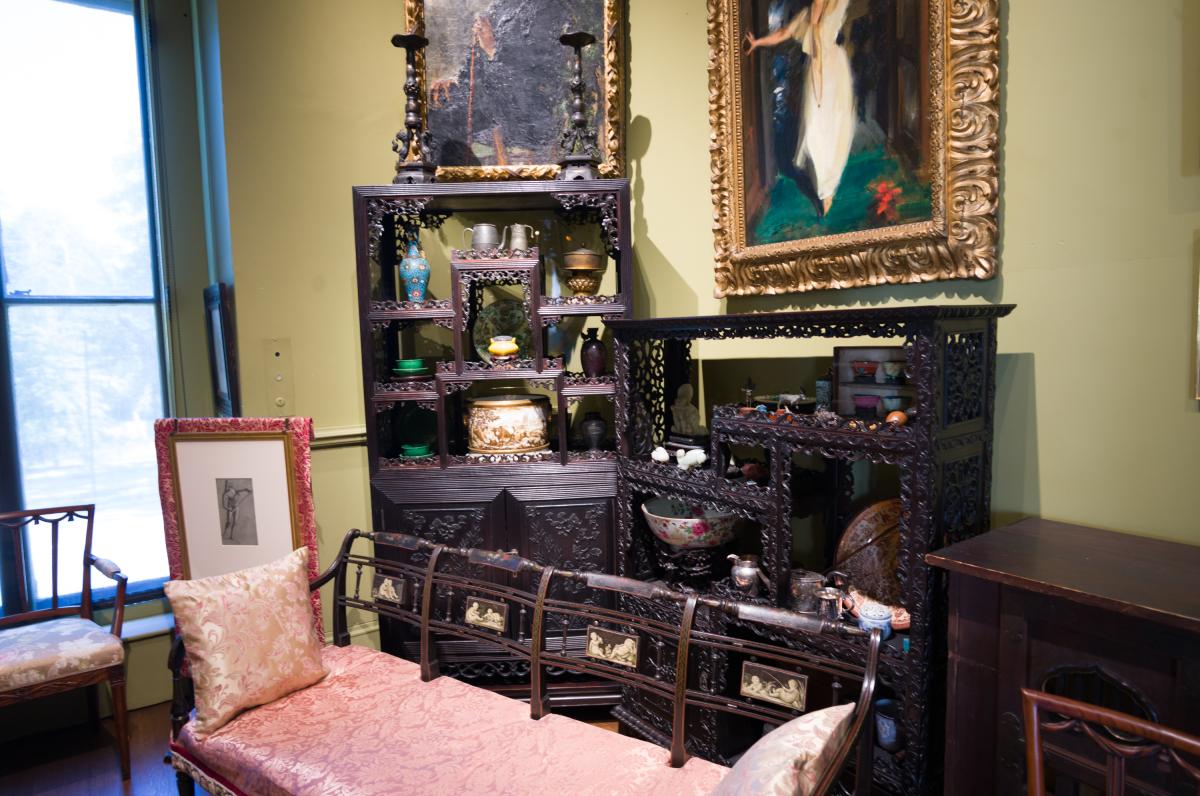
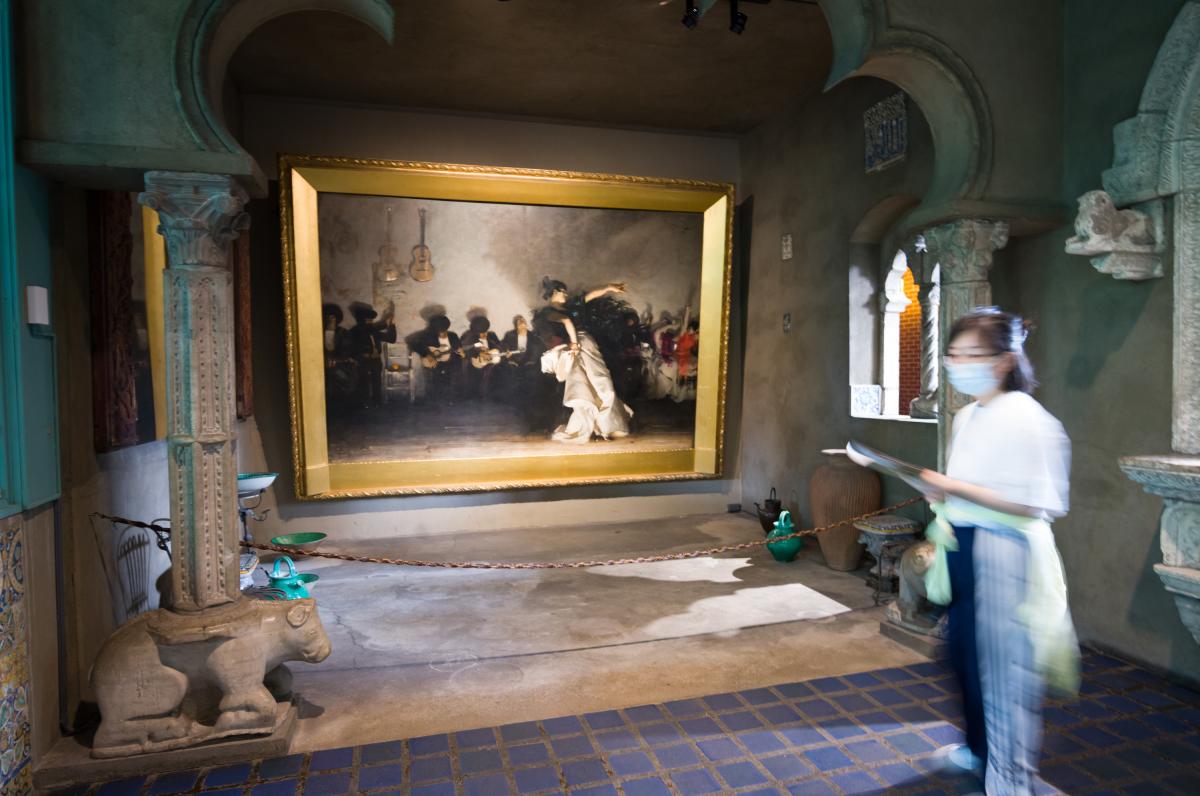
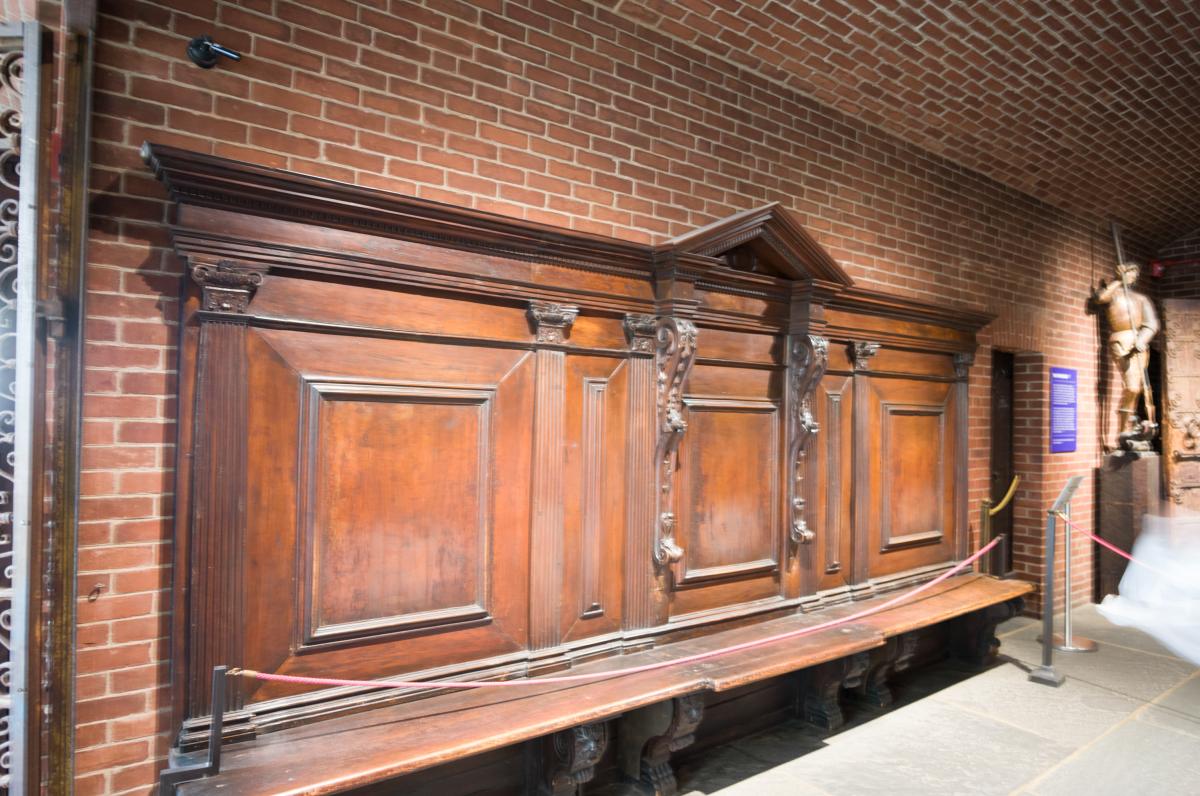
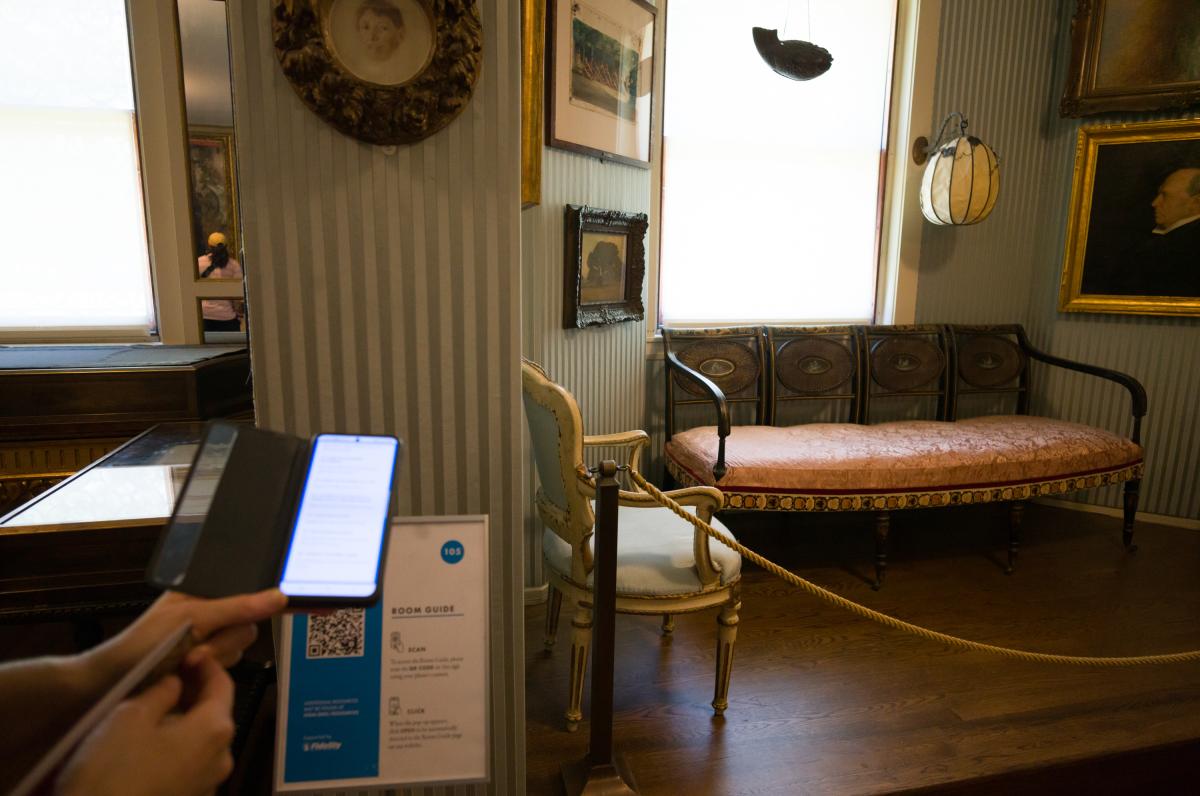 |
 Joel's Blog
Joel's Blog Built-It Blog
Built-It Blog Video Roundup
Video Roundup Classes & Events
Classes & Events Work Magazine
Work Magazine














You are absolutely correct "If a person does not appreciate the manner in which the items are presented, she/he does not have to go there" But until I got there I didn't know how awful the presentation was. And as you can see from the comments. And I left quickly. I am not the only one. As for the motivation - I don't think so. I'm in retail and people decide all the time to buy or not buy from us. They aren't snobs or being offensive. We present stuff, people are entitled to not like it for any reason. Gardner made it abundantly clear that if anything was changed the museum would be closed and the collection dissolved. I personally don't know why but to say that my opinion is offensive because Garner can't answer for it makes no sense. Incidentally all the docents I spoke too would love more captions.
You have a point. Maybe I missed it. The house itself is not to my taste (for that I would choose the Frick) but notion that the point of the museum is not the individual pieces but how one owner assembled and presented objects she was interested in and what I should have been paying attention to is the entire ensemble at a whole is certainly a valid approach that I missed. But it's a slightly different concept than Wharton Esherick's Museum or George Nakashima's, or Kipling is doing. Both Esherick and Nakashima were designers, Kipling a writer and what you see in their houses are not just individual examples of their work, but also the milieu in which they worked and how they perceived used their environments. The entire ensemble is more important than the individual items because the museum is about them. I get that and that's what makes it interesting. What you are saying that the Gardner is along the same lines is true. It is about her and it just doesn't resonate with me. The individual pieces are what stood out to me. I never felt any unifying ideas behind the collection. Which I admit is my shortcoming. However my view isn't a minority view - see many of the other comments in this thread and the docents seem to also feel the shortcomings of the presentation.
People collect things for all sorts of reasons. I collect tools, books on tools and woodworking, and other odds and ends. I appreciate that the best collections are usually labors of love by someone rich enough to buy the objects in the first place. If you collect woodworking books you need a lot less money than if you collect Rembrandts. I am very glad some rich people decided to collect a bunch of Rembrandts and give them to the Metropolitan Museum of Art so that I can see them too. The reasons for the donations also run the gamut. But I am correct about the reasons for founding the museum in 1870. The reasons might not apply in all cases but I'm not resentful even if it does. I would certainly rather see the fruits of being a robber baron in the public eye than locked up in a private estate somewhere.
I just asked my wife, who has been to the ISGM more recently than me (and was incensed to hear someone was besmirching the museum), and as of two months ago they still had a stand in each room with laminated cards giving a brief descriptions of the art. At this point most people have cell phones which can follow QR codes, if you would have preferred the laminated cards it might be worth sending an email and speaking for the holdouts.
After thinking a while, I am glad that this museum is frozen in time. Many museums change quickly. While I like information, modern lighting, and new exhibits, I don't care for the bad taste, trendiness, and political posturing that characterize some museums today. If a few resist that trend, that makes them uniquely valuable.
Perhaps not every wealthy patron of the arts was a robber baron. She may have been self-indulgent, as he says, but I won't judge her harshly. Whatever her motives, I am glad that she created this museum.
I did not see any cards with descriptions. Just the QR codes. Aside from my own difficulties with my phone I find the use of the phone intrusive. As a group the docents seemed to think more signage would be better. Maybe if the cards were available in each room I would have had a much less negative reaction.